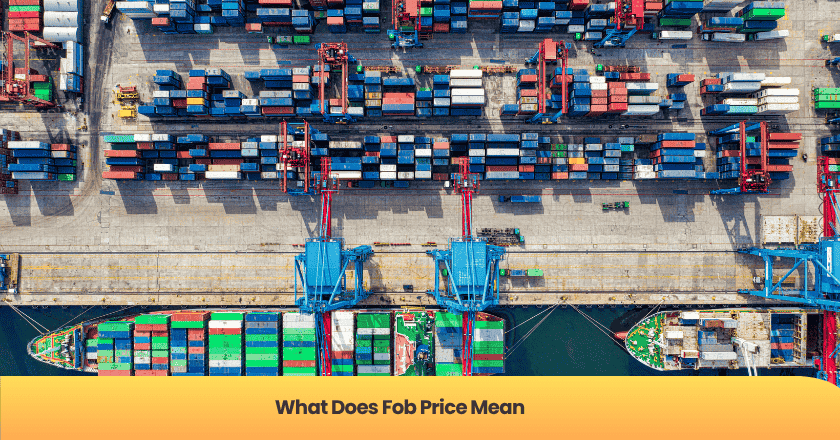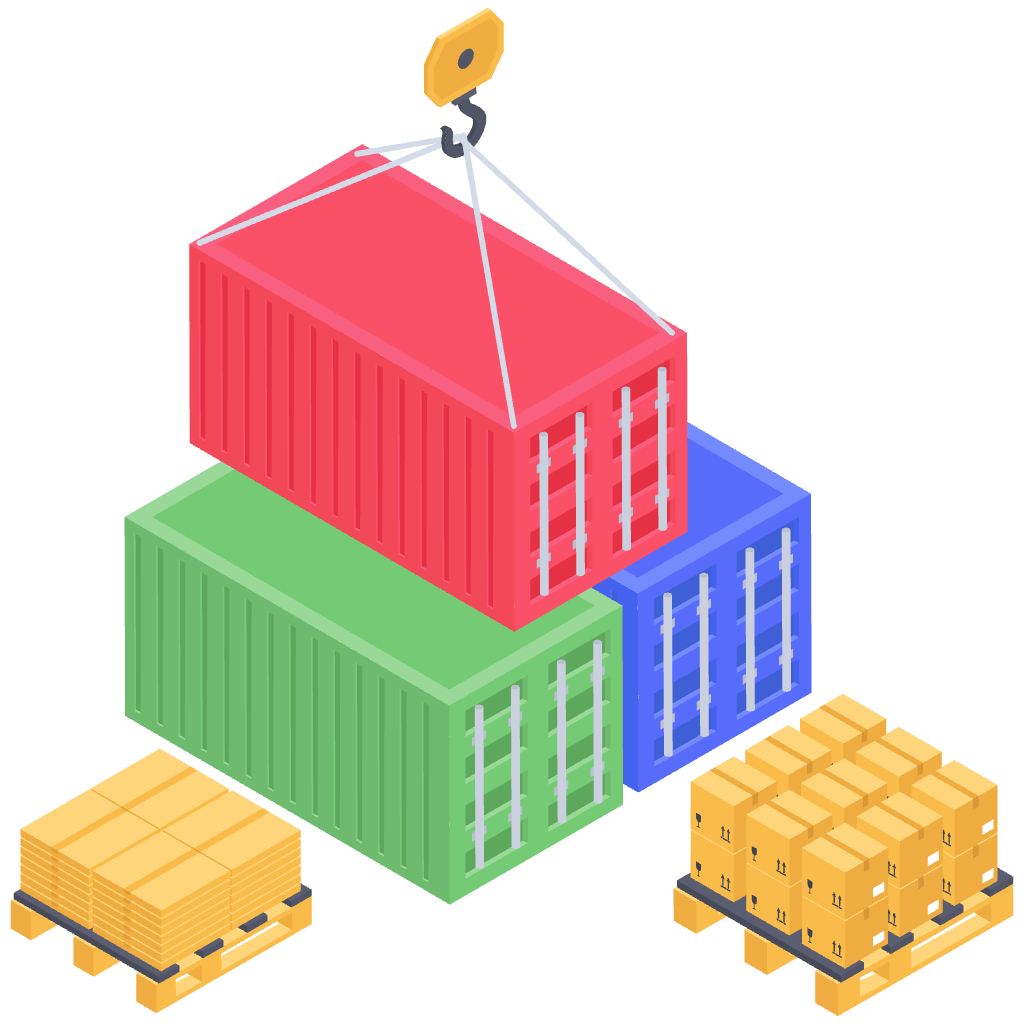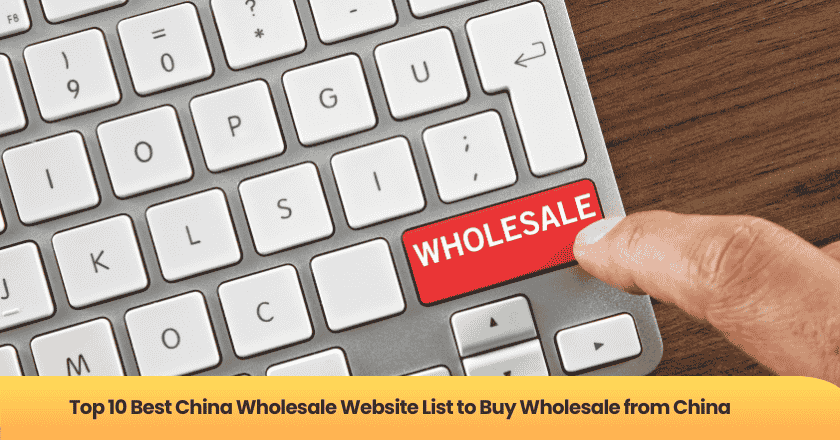
When someone asks me, "what does fob price mean," I explain that FOB stands for "Free On Board," a term from international trade. I see fob pricing as covering all costs until goods load onto the ship, but not beyond. This clear cost and risk distribution helps both buyers and sellers avoid confusion.
Key Takeaways
- FOB stands for 'Free On Board.' It marks the point where the seller's responsibility ends and the buyer's begins, ensuring clear cost and risk distribution.
- FOB pricing includes costs like manufacturing, packing, and loading onto the ship, but excludes ocean freight, insurance, and import duties.
- Understanding FOB responsibilities helps buyers plan for additional costs and avoid misunderstandings. Always clarify what is included in the FOB price before agreeing.
What does fob price mean
FOB definition
When I answer the question, "what does fob price mean," I always start with the basics. FOB stands for "Free On Board." This term comes from international trade and appears in the incoterms 2020 rules. FOB defines the point where the seller's responsibility ends and the buyer's responsibility begins. In an FOB transaction, the seller delivers goods onto the vessel at the named port of shipment. At that moment, the risk and ownership transfer to the buyer. I find that this clear cost and risk distribution helps both parties avoid misunderstandings.
FOB price breakdown
I often get asked how to calculate a fair fob price. The answer depends on what costs are included and excluded. When I look at fob pricing, I see that it covers all expenses up to the point where goods are loaded onto the ship. This includes:
- Manufacturing costs
- Packing and labeling
- Inland transportation to the port
- Export customs clearance
- Loading charges at the port
However, fob price does not include:
- Ocean freight
- Insurance during transit
- Import customs duties and taxes
- Unloading at the destination port
- Delivery to the final destination
Tip: Always check the incoterms 2020 definition to confirm what is covered in fob pricing. This helps avoid disputes later.
FOB responsibilities
I use a simple table to clarify the responsibilities for buyers and sellers under FOB terms. This makes it easier to understand what does fob price mean in practical terms.
| Task | Seller Responsibility | Buyer Responsibility |
|---|---|---|
| Manufacturing | ✔️ | |
| Packing & Labeling | ✔️ | |
| Inland Transport to Port | ✔️ | |
| Export Customs Clearance | ✔️ | |
| Loading onto Vessel | ✔️ | |
| Ocean Freight | ✔️ | |
| Insurance During Transit | ✔️ | |
| Import Customs Duties & Taxes | ✔️ | |
| Unloading at Destination | ✔️ | |
| Final Delivery | ✔️ |
I always advise buyers to understand these responsibilities before agreeing to fob pricing. This knowledge helps buyers and sellers calculate a fair fob price and plan for additional costs after the goods leave the port. When I explain what does fob price mean, I emphasize that the point of risk transfer is critical. Once the goods are on board, the buyer assumes all risks and costs.
FOB vs other shipping terms
FOB vs CIF
When I compare fob and cif, I see that both terms define how buyers and sellers share costs and risks. In fob, the seller covers costs until the goods are loaded onto the ship. After that, the buyer takes over. In cif, the seller pays for the cost, insurance, and freight to the destination port. The main differences between fob and cif involve who pays for ocean freight and insurance. In cif, the seller handles these expenses. In fob, the buyer manages them. I always remind clients that cif gives more control to the seller, while fob gives more control to the buyer. I find that cif can simplify shipping for new importers, but fob pricing often offers more transparency.
FOB vs EXW
I often explain that exw, or Ex Works, puts almost all responsibility on the buyer. With exw, the seller only makes the goods available at their premises. The buyer arranges everything from pickup to delivery. In fob, the seller handles export customs and loading onto the ship. I recommend fob over exw for buyers who want the seller to manage local logistics and export paperwork.
FOB vs DDP
When I look at ddp, or Delivered Duty Paid, I see the opposite of exw. The seller manages every step, including shipping, import duties, and final delivery. In fob, the buyer takes over once the goods are on board. Ddp works best for buyers who want a hands-off approach. Fob pricing suits those who want more control and can handle shipping from the port.
FOB example
Let me give a simple example. I buy electronics from a supplier in China using fob terms. The supplier delivers the goods to the port, clears export customs, and loads them onto the ship. I arrange ocean freight, insurance, and import clearance. If anything happens after loading, I bear the risk. Fob pricing makes it clear where my responsibility starts.
FAQ
What does FOB mean in shipping?
I define FOB as "Free On Board." This term shows when the seller's responsibility ends and the buyer's responsibility begins during international shipping.
Does FOB price include shipping to my country?
FOB price covers costs until goods load onto the ship. I pay for ocean freight, insurance, and delivery to my country after that point.
Who handles export customs clearance under FOB terms?
I rely on the seller to manage export customs clearance. The seller completes all paperwork and pays related fees before loading the goods onto the vessel.
Get Started Today
Let's Turn Your Sourcing Goals into RealityWeChat:+86 15157124615
WhatsApp:+86 15157124615
Address:Building 10 #39 Xiangyuan Road, Hangzhou, China




